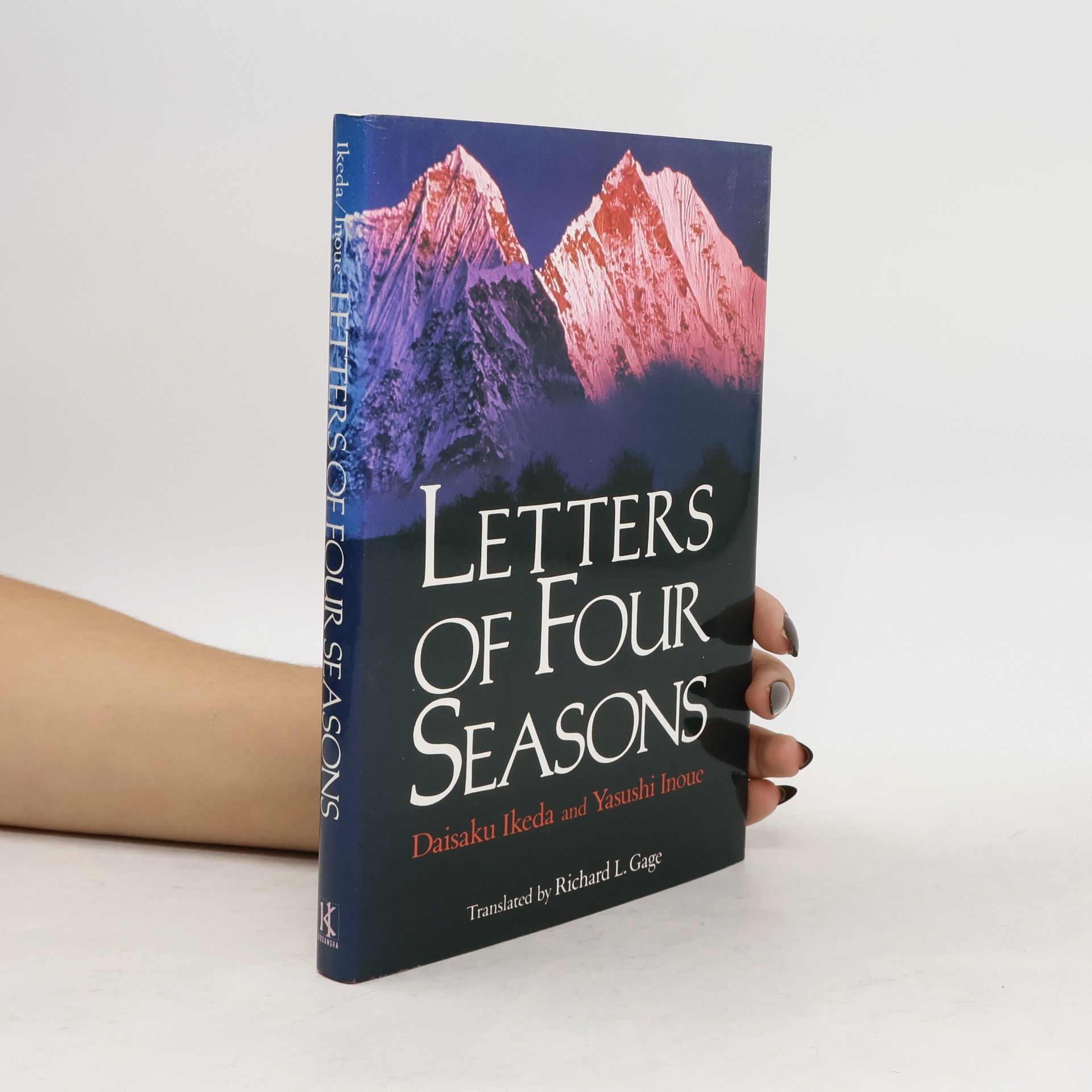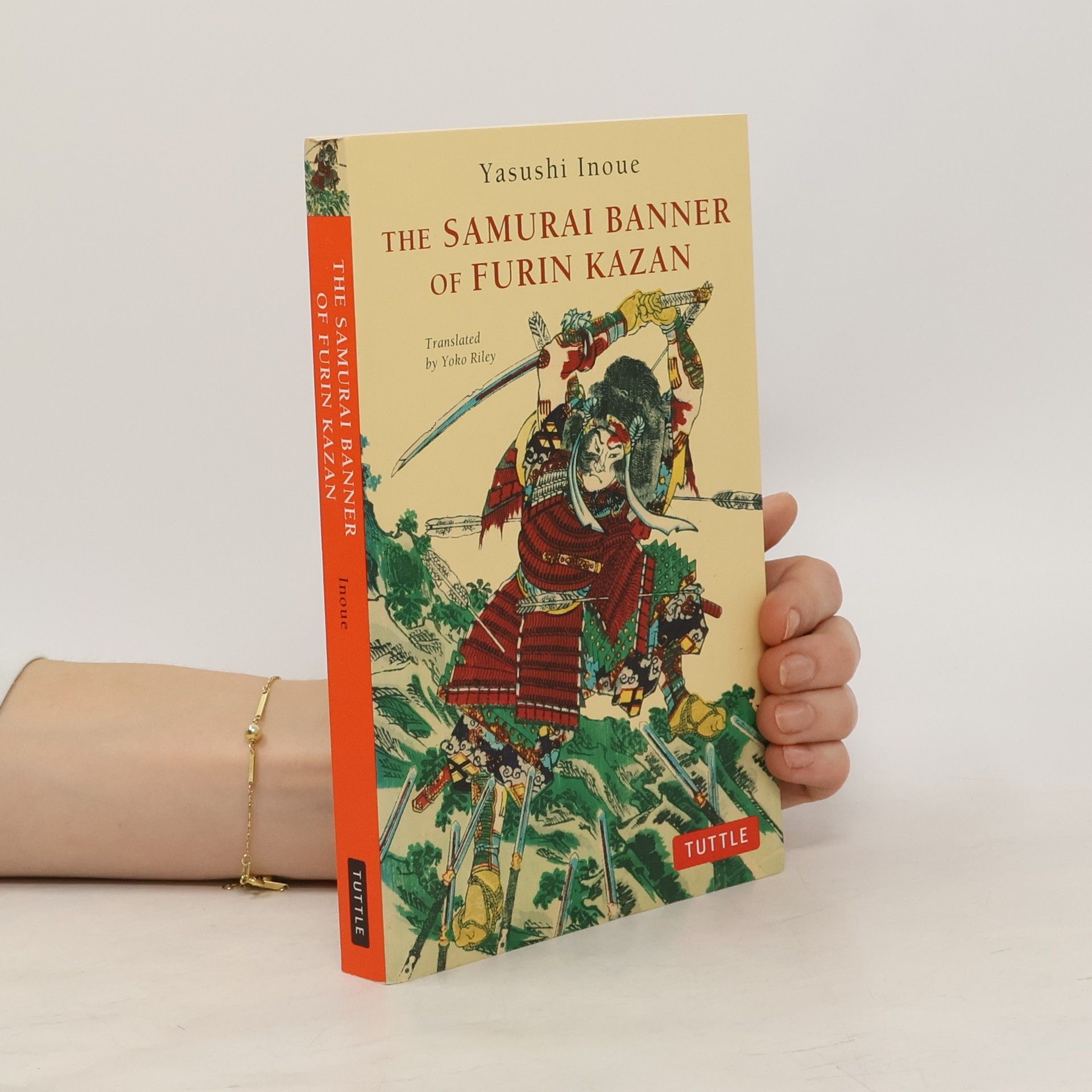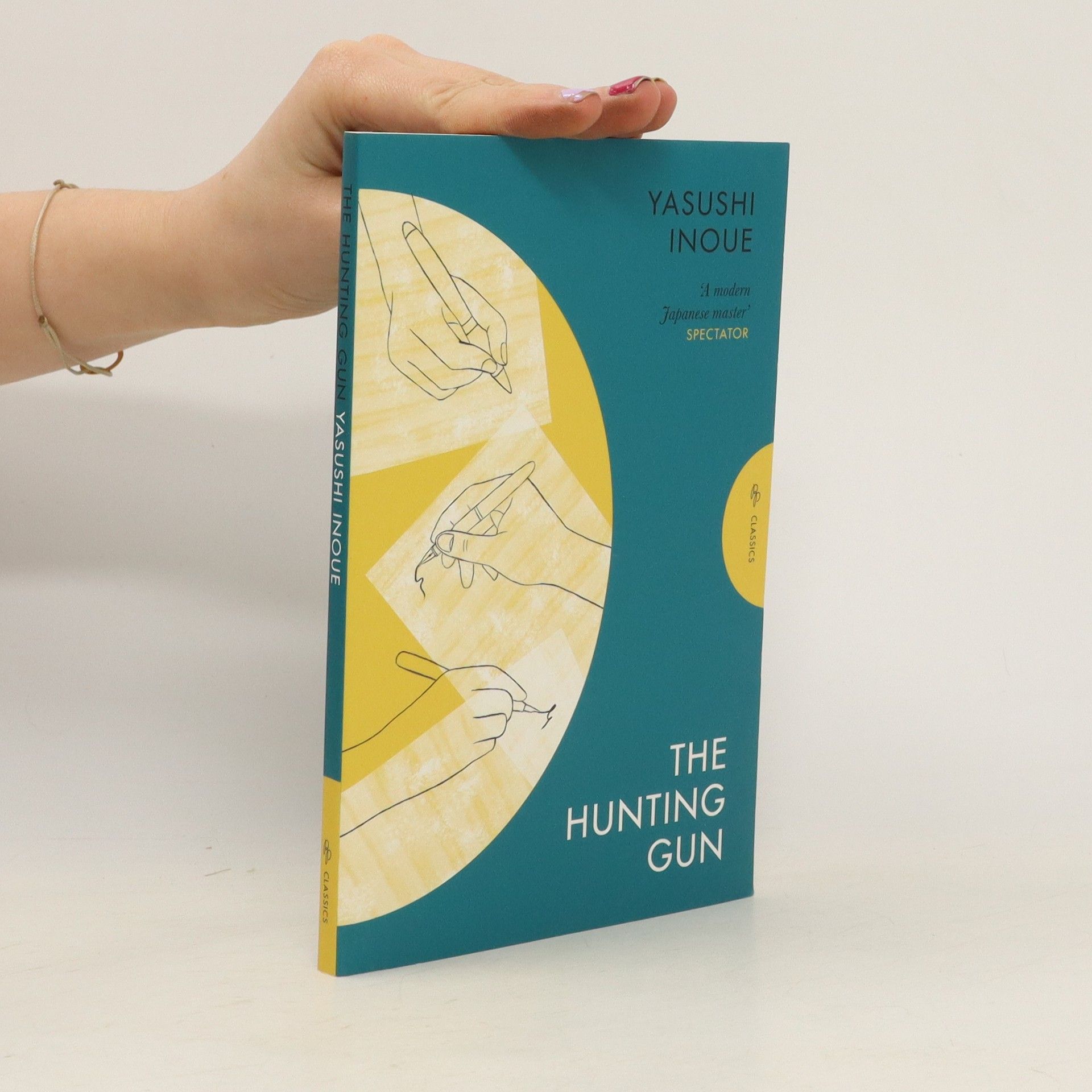Favorita
- 240 pages
- 9 hours of reading
Yasushi Inoue was a Japanese writer whose diverse body of work spanned poetry, essays, short fiction, and novels. He is celebrated for his profound historical fiction, often set in ancient Japan and the Asian continent. Beyond these serious historical narratives, Inoue also penned semi-autobiographical works rich with humor, pathos, and wisdom. These more intimate stories offer a revealing perspective on Japan during the early to mid-twentieth century, capturing the essence of the author's own life experiences.







Dans le village isolé où il est élevé par la vieille Onui, la maîtresse de son arrière-grand-père, le jeune Kôsaku grandit. Sous forme de courtes scènes, enchâssées dans le récit comme autant de joyaux, voici tout le Japon traditionnel du début du siècle qui revit devant nous : ses fêtes paysannes, ses coutumes méconnues, telles que les voit et les vit un enfant au seuil de l'adolescence. A travers l'histoire de Kôsaku, la sienne en fait, si particulière et qu'il sait pourtant rendre universelle, Yasushi Inoué nous raconte notre entrée à tous dans la vie adulte, avec ses joies, ses peines, ses surprises, ses déceptions, ses larmes et ses rires...
More than a thousand years ago, an extraordinary trove of early Buddhist sutras and other scriptures was secreted away in caves near the Silk Road city of Tun-huang. But who hid this magnificent treasure and why? In Tun-huang, the great modern Japanese novelist Yasushi Inoue tells the story of Chao Hsing-te, a young Chinese man whose accidental failure to take the all-important exam that will qualify him as a high government official leads to a chance encounter that draws him farther and farther into the wild and contested lands west of the Chinese Empire. Here he finds love, distinguishes himself in battle, and ultimately devotes himself to the strange task of depositing the scrolls in the caves where, many centuries later, they will be rediscovered. A book of magically vivid scenes, fierce passions, and astonishing adventures, Tun-huang is also a profound and stirring meditation on the mystery of history and the hidden presence of the past.
Yasushi Inoues historischer Roman entführt uns ins Japan des späten 16. und frühen 17. Jahrhunderts, in die Zeit der Shogune und Samurai. Der mysteriöse Tod des berühmten Teemeisters Sen no Riky-u, der die japanische Teezeremonie begründete, bleibt bis heute umstritten. Im Alter von 69 Jahren, auf dem Höhepunkt seines Ruhms, begeht Riky-u Selbstmord, befohlen von dem Kriegsherrn Hideyoshi, in dessen Diensten er steht. War es Riky-us Weigerung, seine Kunst als politisches Werkzeug zu missbrauchen, oder sollte sein Tod die Vollendung der Teezeremonie symbolisieren? Nach dem Tod seines Meisters zieht sich Riky-us Schüler, der Mönch Honkaku, in die Einsamkeit zurück und beginnt, die Hintergründe der Selbsttötung zu erforschen. In einem Tagebuch dokumentiert er die Ereignisse und deckt Intrigen und geheime Machenschaften auf. Dieses 1981 erschienene Werk gilt als eines der bedeutendsten Inoues und als künstlerisches Vermächtnis. Wie in seiner Erzählung "Das Jagdgewehr" zeigt er sich auch hier als meisterhafter Geschichtenerzähler, der zentrale Themen wie den Konflikt zwischen Individuum und Gesellschaft sowie zwischen Pflicht und eigener Überzeugung eindrucksvoll veranschaulicht.
Originally published in Japanese in 1959, this classic novel by Yasushi Inoue takes place during the Japanese Warring Era (1467-1573)-a time when Japan was ruled by three young powerful Takeda Shingen, Iwagawa Yoshimoto, and Hojo Ujiyasu. The story focuses on Takeda Shingen and his one-eyed, crippled strategist, Yamamoto Kansuke. The brilliant strategies of Kansuke, inspired by his passion for war and his admiration for his enemies' war tactics, are beautifully expressed throughout this book.
Nous sommes en 1591, en pleine révolution féodale, les Taiko, conseillers de l'empereur, travaillent à l'unification du Japon. Les hommes du thé, leurs maîtres à penser, préparent les cérémonies pour les aider à trouver l'apaisement zen. Rikyu, maître de la cérémonie du thé attaché au gouverneur se fait hara-kiri.Six ans après sa mort, le moine Honkakubo évoque la mémoire de son maître. Rikyu avait inventé le thé « simple », dépouillé de luxe. Pourquoi s'est-il donné la mort ? Qui le lui a commandé ? Dans son journal, Honkakubo évoque ses rencontres avec de grands maîtres du thé et note des conversation imaginaires avec Rikyu par-delà la mort. Le rêve qui conclut le livre apporte finalement une réponse aux questions qu'il s'est posé pendant trente ans.Dans le Japon du seizième siècle, la Voie du thé est devenue un rituel. Les maîtres de cérémonie du thé sont des personnages importants, tour à tour protégés et rejetés par le pouvoir. Inoué rédigea ce livre à partir de manuscrits retrouvés et il laisse à penser que ces cérémonies étaient le lieu de négociations secrètes. Il détaille avec minutie et poésie chaque geste et chaque ustensile et nous introduit à un rituel de plus en plus pur.
Roman
Japan 1949, vier Jahre nach der bedingungslosen Kapitulation. Arbeitskämpfe erschüttern das Land, die Staatsbahn kündigt Massenentlassungen an, ihr Generaldirektor Shimoyama Sadanori wird tot aufgefunden. Ein Freitod? Ein Mord, verübt von Kommunisten? Hintergrund der Handlung ist ein bis heute ungelöster, tief im kollektiven Gedächtnis Japans verwurzelter Fall, den der Autor aufgreift, um das Psychogramm des Journalisten Hayami zu entwerfen, der verbissen nach der Wahrheit sucht. Doch es gibt mehr als nur eine Wahrheit. Schwarze Flut, der meisterhafte erste Roman von Yasushi Inoue, ist Krimi und Gesellschaftsbild in einem. Er bildet mit Der Stierkampf und Das Jagdgewehr eine Trilogie. Yasushi Inoue, geboren 1907 auf Hokkaido, starb 1991.
Trois couples se croisent. Trois couples se cherchent, s'avouent, se dérobent ou se quittent. Et la vie, petit à petit, les reprend. Faux-semblants de l'amour ( La Mort, l'amour et les vagues ), illusions perdues ( Le Jardin de pierres ) ou frustrations inavouées ( Anniversaire de mariage ), trois courts récits regroupés autour du même lieu commun : l'amour, ou plutôt la comédie de l'amour. Un regard ironique, bienveillant ou attendri, féroce parfois, pour mieux dévoiler - comme Inoue le faisait dans Le Fusil de chasse - les ombres et les doutes, les troubles cachés de l'homme devant l'amour, la mort et la vie.